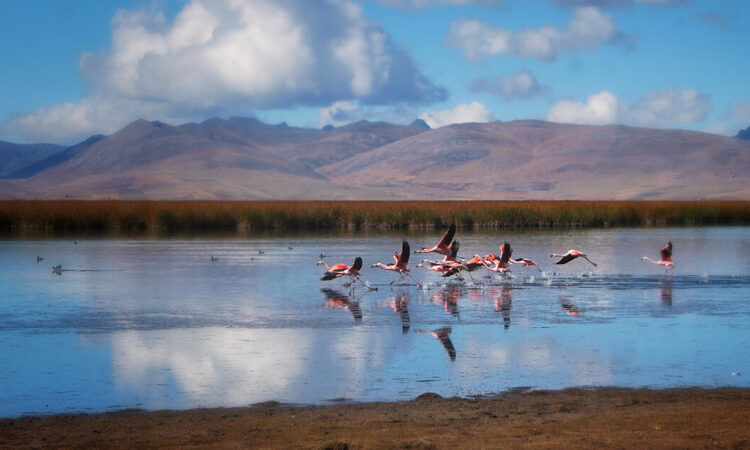
Once again, we are witnessing one of nature’s fascinating times: the migration season. Right now, the flyways of the Americas are filled with determined birds traveling to escape the harshness of the boreal winter and guarantee their life’s annual cycle.
And once again, the eyes of the world are focusing on the goals of the COP27 agenda. This global meeting, which will take place in Egypt next November, seeks true resolution to implement the updated commitments made in Glasgow in 2021. “Together for Implementation” is the slogan of this crucial summit.
This is no news. The call for action and accountability was made a few weeks ago in New York during Climate Week, which runs parallel to the UN General Assembly meeting. Both perfect stages to call for more action and less rhetoric in the fight against climate change. UN Secretary-General Antonio Guterres said on the eve of the leaders’ meeting: “The damaging impact of climate change is taking us into uncharted territories of destruction.” And once more, the pilgrimage of environmental organizations and activists demanding concrete actions, innovative solutions, timely responses, and verifiable progress took place.
A year ago, we launched the Audubon Americas strategic plan to strengthen the international work that the National Audubon Society has been carrying out in the hemisphere since the 1950s. Our proposal was -and still is- to reach unexplored territories to find new solutions. Birds showed us the way forward: we must advance as a flock, work collaboratively with our peers, and bring third parties to the table. We need to erase national borders to achieve solutions with hemispheric impact, prioritize resources, and join forces to obtain funds that allow for sustainability. We must use science and state-of-the-art data to identify optimal places to intervene and scale the model to other regions of the Americas or the planet. In short, work as a team and think big without neglecting the local reality.
These were the pillars for Conserva Aves, an innovative bird and biodiversity conservation initiative being launched this week in Cusco, Peru, during the South America Bird Fair. Its first achievement is simple yet powerful: the strategic alliance of three leading conservation organizations -Audubon, BirdLife International, and ABC- together with the Latin American network of environmental funds (RedLAC), all united to create and strengthen at least 100 new protected areas. This continental backbone of 2 million hectares (almost 5 million acres) that stretches from Mexico to Chile will guarantee territories of life for birds, biodiversity, communities, and, ultimately, for the people in Latin America and the Caribbean, and across the hemisphere.
This initiative seeks to build effective agreements, elevate nature-based solutions, promote economic recovery, and open dialogues where NGOs, public entities, and local communities -ethnic and rural- can find new approaches that tackle biodiversity loss. Conserva Aves has financial resources to support more than 60 protected areas. Funding coming from donors who understand that strategic partnerships and differentiated approaches that meet people’s and nature’s needs allow large-scale results against climate change.

New routes for conservation
The same model has guided other innovative proposals with various allies and multilateral entities. Birds and their migratory routes helped us draw the map of hemispheric priorities in conservation and sustainable development under a coastal resilience perspective. Such is the case of the blue carbon project we are developing under a partnership with the Inter-American Development Bank and the local NGO Panama Audubon Society. It seeks to attain knowledge about carbon sequestration and mangroves, an ecosystem service as essential as the one the Amazon basin provides, and a crucial landscape for local and migratory birds. Still, we are not valuing this natural heritage in its whole magnitude as a factor of coastal resilience and environmental balance in the Americas.
Moving south to Chile, we also work with birds to protect landscapes critical for biodiversity, human life, and hemispheric connectivity: wetlands and marshes. Under pressure from climate change and urban development, their permanence is vital to protect people and ecosystems from the onslaught of the elements. Our partnerships with local communities will model best practices for Latin America and the Caribbean. As Moody’s ratings recently pointed out, these coastal communities are on the frontline of climate change impact, increased risk, and reduced investment for sustainable development.
We are tenaciously doing our homework. Complying with the agreed climate commitments requires that civil society organizations, communities, local and national governments, investors, and donors put aside the narrative they have built to defend their interests. We all must come together and connect through concrete actions that guarantee life. That is what birds from all the landscapes of the Americas are telling us; a clear message migratory birds are sharing across the hemisphere: flying together takes us further.






